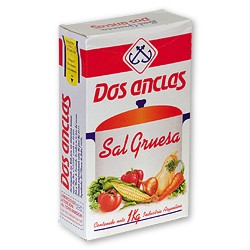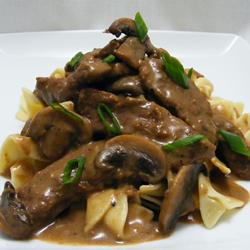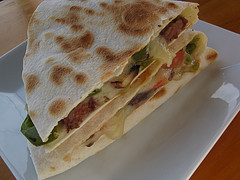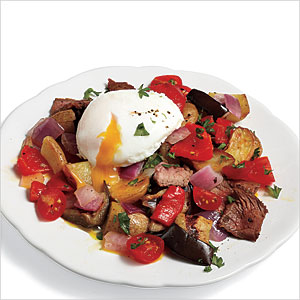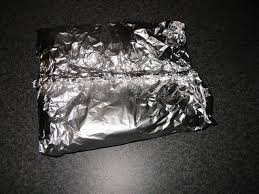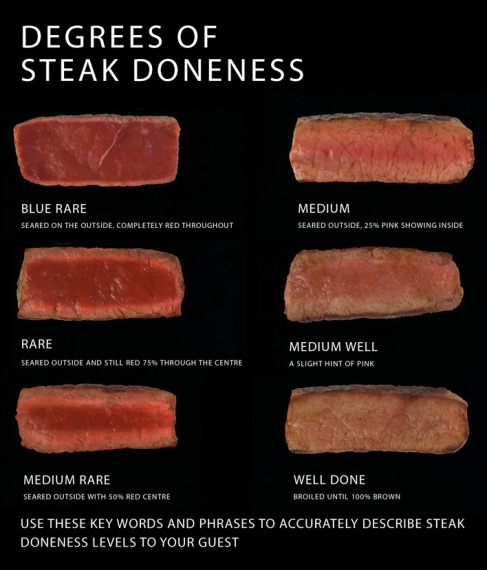Ya ha pasado un tiempo desde que hablamos de pollo a la parrilla. Lo sé, lo sé, es al parece un sacrilegio para los amantes del Bife de Chorizo y las achuras, Somos Steak By Luis, y somos pura carne¿Por qué molestarse con pollo?! Bueno, créanlo o no, hay personas aquí en Argentina que comen pollo a la parrilla también. No me malinterpreten, carne es el alimento básico en los asados, pero eso no significa que no podamos ser creativos de vez en cuando y aternar con pollito. Pero ¿cuál es la mejor manera de hacer un buen pollo a la parrilla? ¿Cómo se puede hacer un asado argentino clásico pero incluir aves de corral? Mi sugerencia sería mandar directamente el pollo entero a los hierros al calor de las brasas.
Para preparar un pollo a la parrilla existen diferentes maneras de cortarlo para su cocción. Después de quitar las vísceras se puede cortar longitudinalmente a lo largo del esternón o se puede cortar al “estilo rana». Con este método se deja la parte de las pechugas totalmente intacto. Mientras que el primer método es un poco más tradicional y ha sido testeado en numerosas ocasiones el corte tipo rana es muy eficiente porque coloca de plano el pollo entero a la parrilla. De ambas formas, siempre y cuando uno se asegure que el pollo esté completamente cocido, no hay gran diferencia entre los dos.
En cuanto a la preparación, siempre y cuando el pollo está completamente desplumado y eviscerado no hay mucho más que hacer además de agregar la sal, al igual que la mayoría de los preparados de carne argentinos. Si queremos darle un toque más de clase, podemos añadir algunas hierbas como romero o el tomillo en la cavidad del pollo con el fin de llevarlo a otro nivel. Eso si, el estilo tradicional argentino es el de un pollo que tenga más gusto a pollo que a otra cosa, por lo que no se suelen usar ni aderezos ni salsas especiales para glasearlo. Al pollo, pollo, o como mucho sal y pimienta ;).
A la hora de empezar a cocinarlo, la parte de los huesos debe ir hacia abajo primero, ya que tarda más en calentarse y una vez caliente ayudará a cocinar el pollo de adentro hacia afuera. Algo muy imporante, el pollo a diferencia de las carnes rojas, es un poco más complicado. En primer lugar, como estoy seguro de que todos somos conscientes, si uno no quiere envenenar a sus invitados con salmonela, es vital asegurarse de que el pollo esté totalmente cocido. Esto puede ser un poco problemático si no controlamos bien los tiempos ya que el pollo tarda más que un bife en cocinarse. Para coincidir con los platos principales de todo asado lo mejor sería empezar a cocinar el pollo junto con las entradas como los chori o morci, para cuando terminemos de comer esos chori/morcipanes ya podamos ir pensando en que unos minutos más tarde tiramos los bifes a la parrilla y compensamos con el tiempo que ya se estuvo cocinando el pollo. Y ahora sí, listo el pollo, listos los bifes y un aplauso para el asador!!!
















